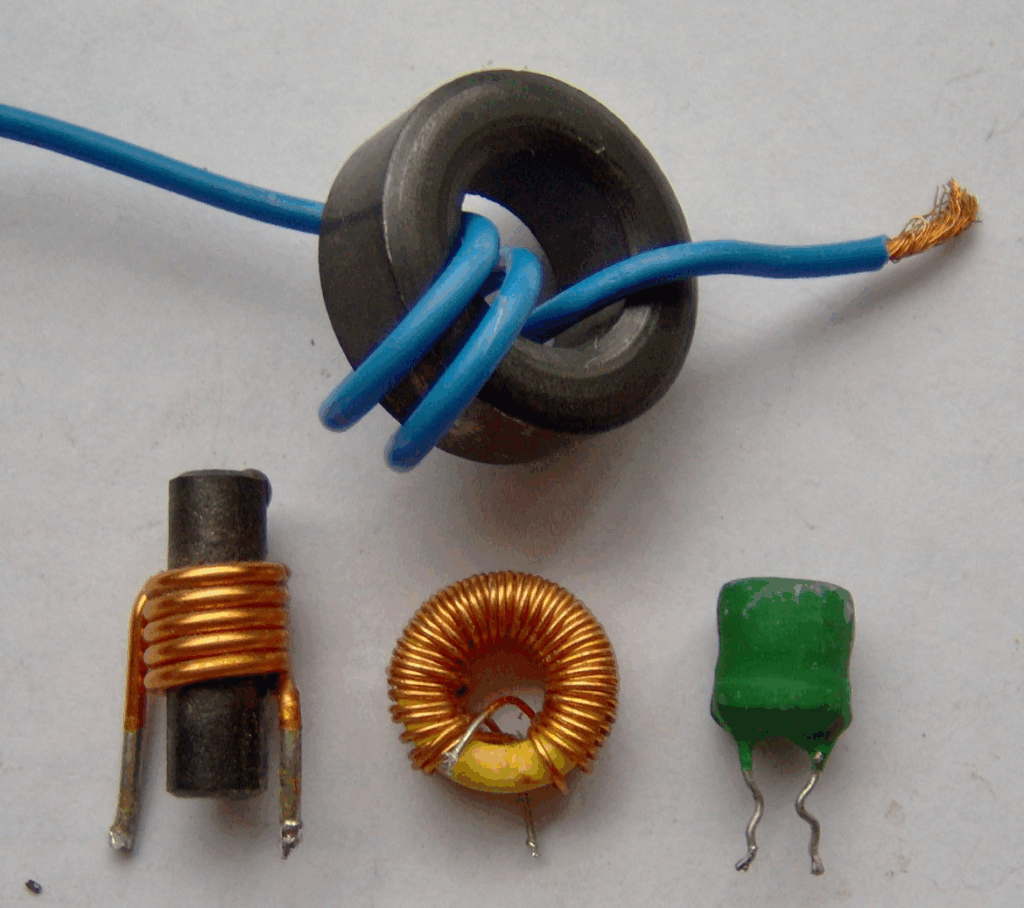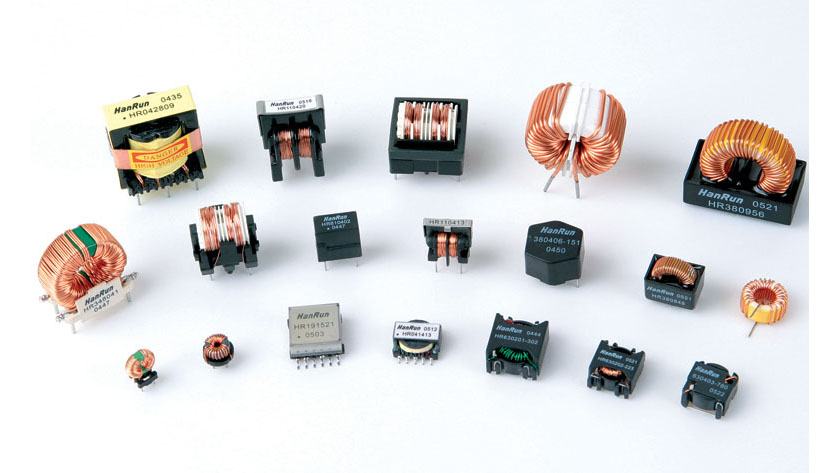As our human society is moving forward with advanced technological improvement and inventions, the rapid development of 5G communications, artificial intelligence, the Internet of Things, and other technologies and the electronic components industry are undergoing a new round of technological upgrades. As one of the most important passive components, the technological evolution of chip inductors has attracted considerable attention. Industry forecasts predict that by 2025, chip inductor technology will see breakthroughs and innovations in three key areas: integration, high frequency, and intelligence, providing more efficient and reliable solutions for downstream application fields. Integration, high frequency, and intelligence are crucial to the development of SMT pick-and-place machines because they collectively enhance precision, speed, and adaptability in PCB assembly. Integration ensures seamless coordination between mechanical, electrical, and software components, improving reliability and reducing errors. High-frequency operation allows for faster component placement, increasing throughput to meet modern manufacturing demands. Intelligence, through AI and machine learning, enables real-time adjustments, defect detection, and optimization, minimizing downtime and improving accuracy. Together, these advancements drive efficiency, scalability, and consistency in high-volume electronics production. The followings are the brief description for each key area.
First area is integration. It is specialized in optimizing SMT mounting technology into miniaturization and modularization drive high-density design. In the trend toward increasingly slim and lightweight electronic devices, high-density integration of surface-mount inductors has become a critical requirement. By 2025, integration technology will enable modular integration of inductor components with capacitors, resistors, and other devices through multi-layer stacking designs and embedded processes, thereby reducing PCB space requirements. For example, integrated inductor modules manufactured using LTCC, denoted as Low-Temperature Co-fired Ceramic, technology can simultaneously meet high precision and high stability requirements, finding widespread application in smart wearables, automotive electronics, and other fields.

Not only this, advancements in semiconductor packaging technology, such as SiP system-level packaging we all know about, will further drive the deep integration of surface-mount inductors with IC chips, helping high-performance computing devices overcome power consumption and thermal management bottlenecks.
Second area is high frequency. It is specialized in overcoming the challenges of 5G and millimeter wave communications. As communication frequencies extend into the millimeter wave range, the high-frequency loss issues of traditional inductors are becoming increasingly prominent. By 2025, new materials, such as magnetic alloys and nanocrystals we all know about, and novel winding structures will emerge as the mainstream solutions for high-frequency inductor technology. By optimizing core materials and coil designs, the operating frequency of the next-generation surface-mount inductors can be elevated to the GHz level while maintaining low loss and high Q-factor characteristics, providing stable support for high-frequency applications such as 5G base stations and satellite communications. On top of that, industry players are accelerating R&D efforts in ultra-high-frequency surface-mount inductors, combining simulation modeling with automated production to swiftly address customers’ stringent requirements for stability in high-frequency and high-temperature environments.
Third area is intelligence. It is specialized in guiding inductors to move toward the era of self-awareness. Intelligence is a disruptive direction for chip inductor technology. By embedding micro-sensors and AI algorithms, future inductor devices will be able to monitor their own temperature, current, and aging status in real time, and optimize circuit efficiency through data feedback. For example, in the power management of new energy vehicles, smart inductors can dynamically adjust parameters to match load changes, improve energy utilization, and prevent failures.

Not only this, some manufacturers are also exploring the integration of wireless communication modules, such as RFID for example, into inductors to enable remote monitoring and predictive maintenance, driving the upgrading of Industry 4.0 and smart city infrastructure.
To conclude, integration, high frequency, and intelligence do not develop in isolation, but rather in synergy with one another. Integrated design saves space for high-frequency applications, while intelligent technology improves the reliability of high-frequency systems. By 2025, with close cooperation between upstream and downstream industries, chip inductor technology will accelerate its penetration into diverse fields such as consumer electronics, automotive electronics, and medical equipment, creating greater value for the global electronics industry.





